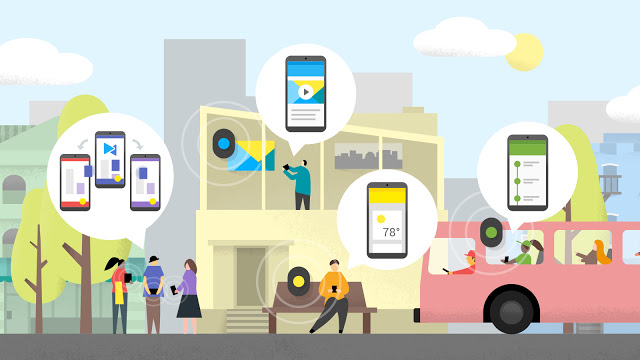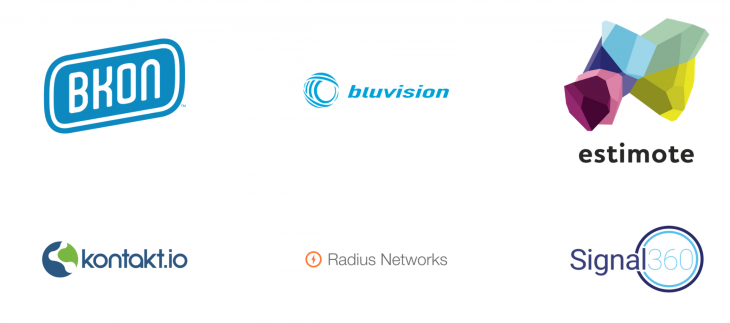
Google has today announced they’re moving forward with a new standard for Bluetooth Low Energy tech Beacons, announcing a new standard they hope will be adopted to make using the tech a more user friendly and open.
Beacons have been in use for a while now, mainly through Apples iBeacon tech, though as most of you know, the implementation on beacon technology for Android has been fairly hacky for the most part. Samsung has made use of beacon technology previously, using the tech to create a proximity based tour of the Sydney Opera House for school tours, but beyond that, it’s been fairly basic.
Eddystone is the name of the new standard that Google has introduced, and by making the code open and accessible on Github, they hope to make beacons a more widely used technology.
With compatible beacons (Google has signed on partners) and Eddystone, developers will be able to use other APIs such as the newly introduced Nearby API to build context specific apps, with a wide range of options. Beacons can be tied to a location through latitude/longitude, such as an art installation like a sculpture in a park, or be a bit more variable such as say a beacon attached to your luggage, to make it easier to find at the airport.

Google also wants to make the administration of beacons easier and has included ways to monitor beacons for information such as battery health and obviously when they disconnect.
Beacons are starting to look pretty cool, now to wait and see what developers can do. Head over to the Android Developers blog for more.



Oh how I wish for open adoption of good standards (for everything, I miss Jaber). This looks good but whats the bet Apple won’t be compatible?
Isn’t this just putting a proprietary face on basic Bluetooth 4 functionality (similar to apple)? I’d be MUCH more impressed if they could allow for accurate measurement of the time of flight for the signal to and from the beacon. That way we could actually use these for accurate 3D positioning and they might be of some major use.